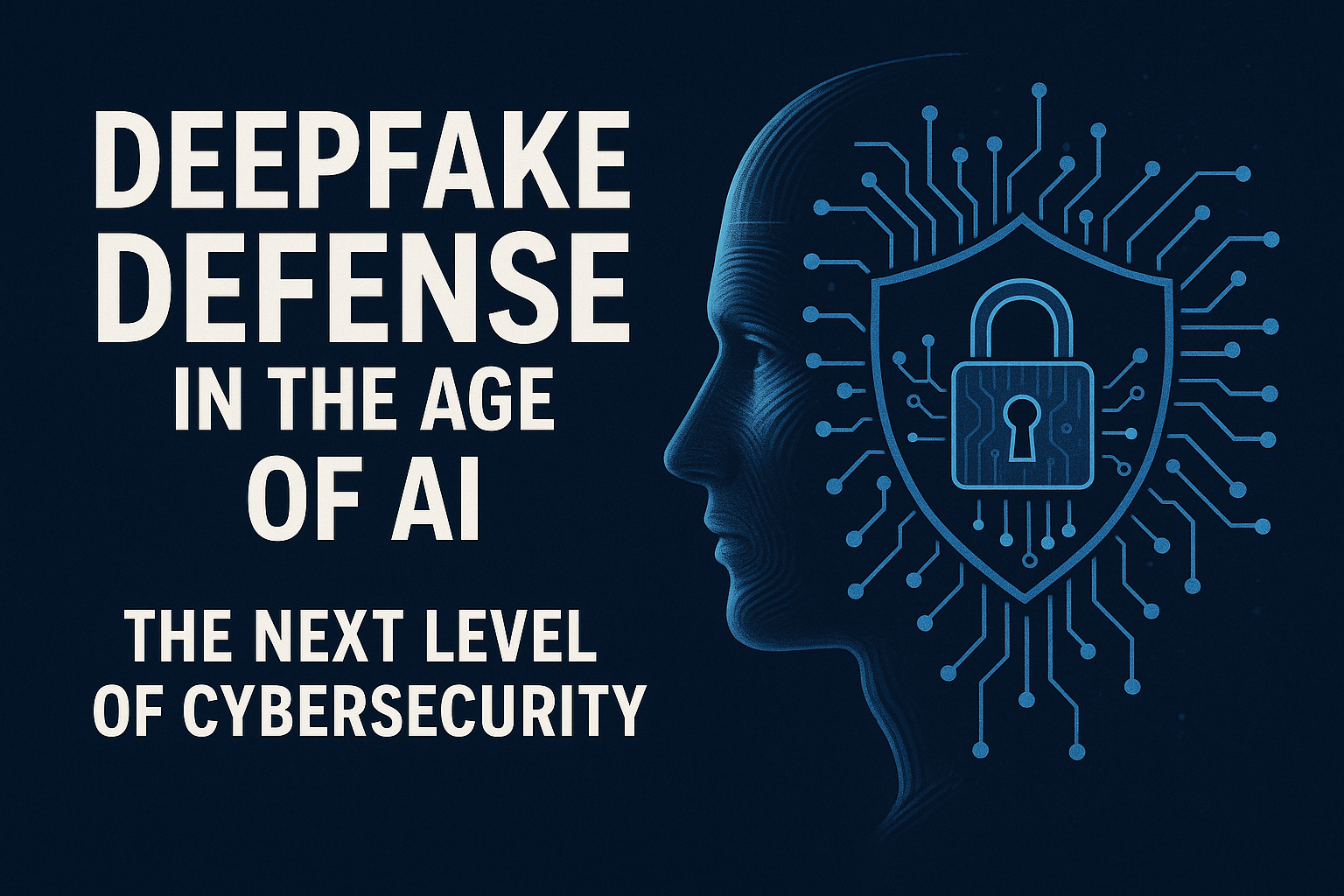
Silicon Valley, California — Deepfakes have emerged as one of the most dangerous technological threats of our time. As synthetic media and AI-generated content grow more sophisticated and accessible, governments, tech companies, and cybersecurity experts are in a race against time to contain their potential for harm.
Deepfakes—hyper-realistic yet entirely fabricated videos and audio clips—are created using advanced artificial intelligence. These manipulations pose significant risks to democracy, corporate stability, and individual identity. From celebrity impersonations to politically charged fabrications, the boundary between reality and deception is growing alarmingly thin.
The Rise of Synthetic Media and Misinformation
In recent months, several high-profile incidents have demonstrated the disruptive power of synthetic media. A deepfake video depicting a world leader threatening war temporarily escalated diplomatic tensions. In another case, a fabricated audio recording of a CEO making market-moving remarks caused significant stock fluctuations.
With generative AI tools now widely available, creating convincing deepfakes has never been easier. “Deepfakes have evolved from experimental novelties into powerful tools of disinformation,” said Dr. Lena Morales, Director of AI Security at the Cyber Trust Institute. “We are entering an era where seeing is no longer believing.”
Facial Recognition and AI Detection Tools
To counter the threat, innovators are developing AI detection tools and facial recognition systems that analyze micro-expressions, blinking patterns, and inconsistencies in lighting and shadowing. Microsoft’s Video Authenticator and startups like Deepware Scanner represent the cutting edge of this technological defense.
However, the battle is far from over. “Detection technology must outpace deception,” noted cybersecurity expert Jamal Greene. “It’s a cat-and-mouse game—and the stakes couldn’t be higher.”
Digital Forensics and the Call for Global Regulation
Digital forensics teams are increasingly essential in analyzing and validating suspicious media. Simultaneously, there is growing international momentum for regulatory frameworks to govern synthetic content. The European Union’s AI Act and recent U.S. congressional hearings have proposed mandatory watermarking and traceability standards for AI-generated media.
“Transparency is critical,” emphasized Senator Ruth Chang during a cybersecurity hearing. “The public deserves to know when content is artificially generated.”
Public and Private Sector Initiatives
Technology giants are stepping up. Google and Meta have strengthened their content labeling policies, while Adobe’s Content Authenticity Initiative uses cryptographic signatures to verify the origin of digital files. On the governmental side, public awareness campaigns and training programs for digital first responders are gaining traction to help combat deepfake threats.
The Road Ahead
As the line between real and artificial continues to blur, defending against deepfakes will require a comprehensive approach—integrating technological innovation, regulatory enforcement, education, and international collaboration. In the age of AI, the truth itself is under siege. Yet with a robust deepfake defense strategy, society can rise to the challenge—preserving authenticity, trust, and integrity in the digital era.


